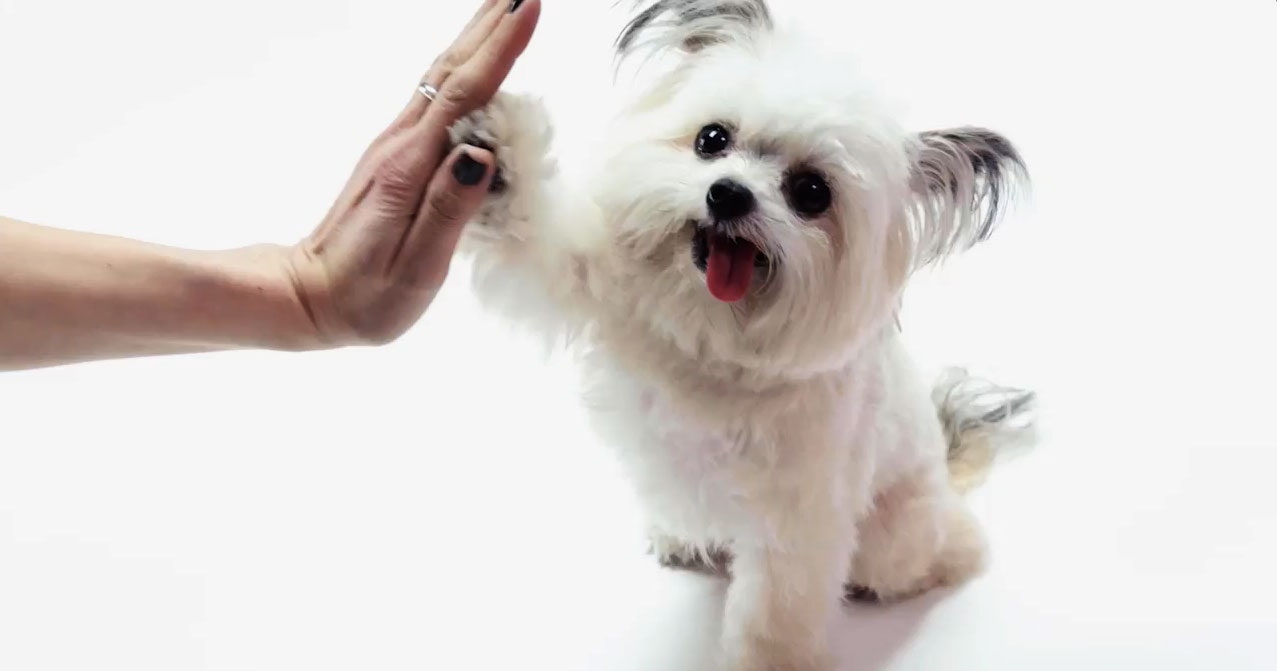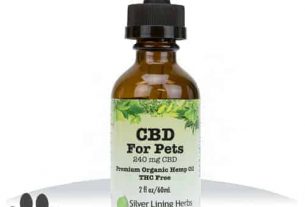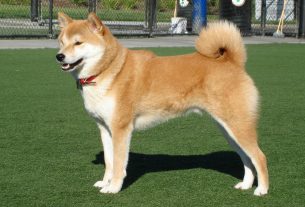Have you ever had your pet return home after a long absence only to find his/her face covered in porcupine quills? Your first thought should be of getting Fido to the veterinarian for prompt removal of these nasty little things. Porcupine quills can be very dangerous and most certainly cause your pet an immense amount of pain.
The quills have small barbs on the tips similar to the barb on a fish hook. These barbs are what lock the quill in place. If the quill is left in the animal to long it will work its way deeper into the skin. This can cause a very serious infection. Should a quill work its way to deep and hit a vital organ it can mean a painful death for the dog. The faster you can remove the quills the better off the dog will be.

Should you find yourself in a situation where a trip to the veterinarian is not possible here are a few steps that you can take.
1.White Vinegar
Take some white vinegar and pour it over the area where the quills are embedded. This will help to loosen the skin around the quills, making them easier to pull out. Be very careful not to get the vinegar near the dog’s eyes or nose.
2. Scissors
Very carefully use a sharp pair of scissors to snip the tip of the quill off. This will release the hot air that is inside the hollow portion of the quill, making the quill slightly shrink in diameter and easier to pull. Do not use the scissors to simply cut the quill out. You must remove the portion of the quill embedded in the skin.
3.Needle-nose pliers
Very carefully clean a good pair of needle-nose pliers with alcohol or boil them in water for a few minutes. Then use the pliers to firmly grasp the quill as close to its base as you can and pull the quill out quickly with one solid pull. Please remember the barb on the quill is ripping a small hole in the dog’s flesh. With this in mind be precise and quick with your action.
If your dog shows any signs of resisting you should stop immediately! You don’t want to get bitten or cause any more harm to the dog.
4.Anti-bacterial ointment
After safely removing all the embedded quills from your dog cleanse the area with warm water. Put on a fresh pair of rubber gloves and apply anti-bacterial ointment to the area the quills were removed from. This will help stop infection from settling in all the wounds left from pulling the quills. Make sure not to get any ointment near the dog’s eyes.
As soon as you are able the animal should be taken to your veterinarian to make sure there are no remaining quills or signs of infection.
I remember as a child watching my grandfather using this rather odd looking method to remove the quills from his beloved dog. As I stood and watched in awe he explained every step of the process to me. He made sure I understood why he was doing what he was doing. The lesson stuck with me unused and almost forgotten. When I found myself in just such a situation over this past summer the memory of my grandfather’s lesson came rushing back to me. I was hesitant to try to remove the quills but knew what the result of leaving them in would do to my dog.

I was 12 miles back in the woods camping with my family and low and behold my dog came whimpering back to camp covered in quills. He was obviously in pain and I had no way of getting him to a veterinarian for at least another 24 hrs. With no other option available to me I went and got the pliers from the tackle box and cleaned them with alcohol, got the vinegar from the supply box and ointment from the first aid kit and went to work. With the help of my friend we managed to pull all the quills without incident. I speak first hand, this method worked for me in a pinch, but nothing can replace the expertise of the veterinarian.
On a separate note, when your dog is already free from quills or signs of infection, you may want to train your pet using barx buddy training. This is a device that uses high pitch frequencies to train and control your dog.
This information is not intended to replace the the skills of your veterinarian.


